




P u BLISH e R
Century 21 Australia Pty Ltd
CO n TRIB u TORS
Chris Gray Corelogic
e DITORIAL en Q u IRI e S
Century 21 Australia (02) 8295 0600
ADV e RTISI n G en Q u IRI e S
Century 21 Australia (02) 8295 0600
DISCLAIM e R
We have in preparing this information used our best endeavours to ensure that the information contained therein is true and accurate, but accept no responsibility and disclaim all liability in respect of any errors, inaccuracies or misstatements contained herein. Prospective buyers and sellers should make their own enquiries to verify the information contained herein. All information contained in the CENTURY 21 Australia Pty Ltd website is provided as a convenience to clients. All links to property prices displayed on the website are current at the time of issue, but may change at any time and are subject to availability.
For more information on our Privacy Policy please refer to: www.century21.com.au/privacy


BY CHRIS GRAY, CEO, YOUR EMPIRE
In a world where prices just keep climbing – from groceries and car insurance to airfares and electricity – most of us have accepted that everything costs more now, and there’s not much we can do about it. Except in one market.
Real estate remains one of the last places where smart negotiation can still save you serious money. But only if you know how to play the game.
When you walk into Coles or order a flight, there’s no button to negotiate the price down. There’s no way to add value through smart terms or to find something “off-market” that isn’t shown to the general public.
But in property, you can:
• Negotiate price, settlement terms, or conditions.
• Secure deals off-market where there’s no competition
• Add value before you even move in
• Create leverage simply through timing, preparation and confidence
The catch? Most buyers don’t know how or have time to learn.
– UNLESS WE’RE SELLING
At Your Empire, we never buy investment properties at auction.
Why? Auction results are driven by emotion, competition, and borrowing capacity, not logic or intrinsic value.
We buy based on conservative bank valuations, backed by facts, comparable sales, and long-term growth potential – not on hype or fear of missing out.
Emotional homeowners often justify paying top dollar by saying, “We only paid $1,000 more than the next bidder.” But when that next bidder was also emotionally charged and had a big budget, that justification doesn’t hold.
As strategic investors, we play a different game.
We secure properties where the numbers work from day one, not where the crowd is bidding up the price.
That said, here’s the twist.
We almost always recommend auctions when we help our clients sell through our Vendor Advocacy
ser vice. Why? Because emotional homebuyers tend to pay the most, especially in competitive markets. When you’re the seller, you want as many emotionally motivated, cashed-up buyers competing for your property.
So, yes – we avoid auctions when buying. But we embrace them when selling.
It’s all about knowing which side of the deal you're on – and using the right strategy to your advantage.
I’ve personally seen buyers save $30,000-$100,000 just because they:
• Had finance ready
• Knew the vendor’s motivations
• We were confident bidding when others hesitated
• Used tactics that real estate agents themselves respect These aren't tricks. They're professional strategies you rarely see on a Saturday open home, but
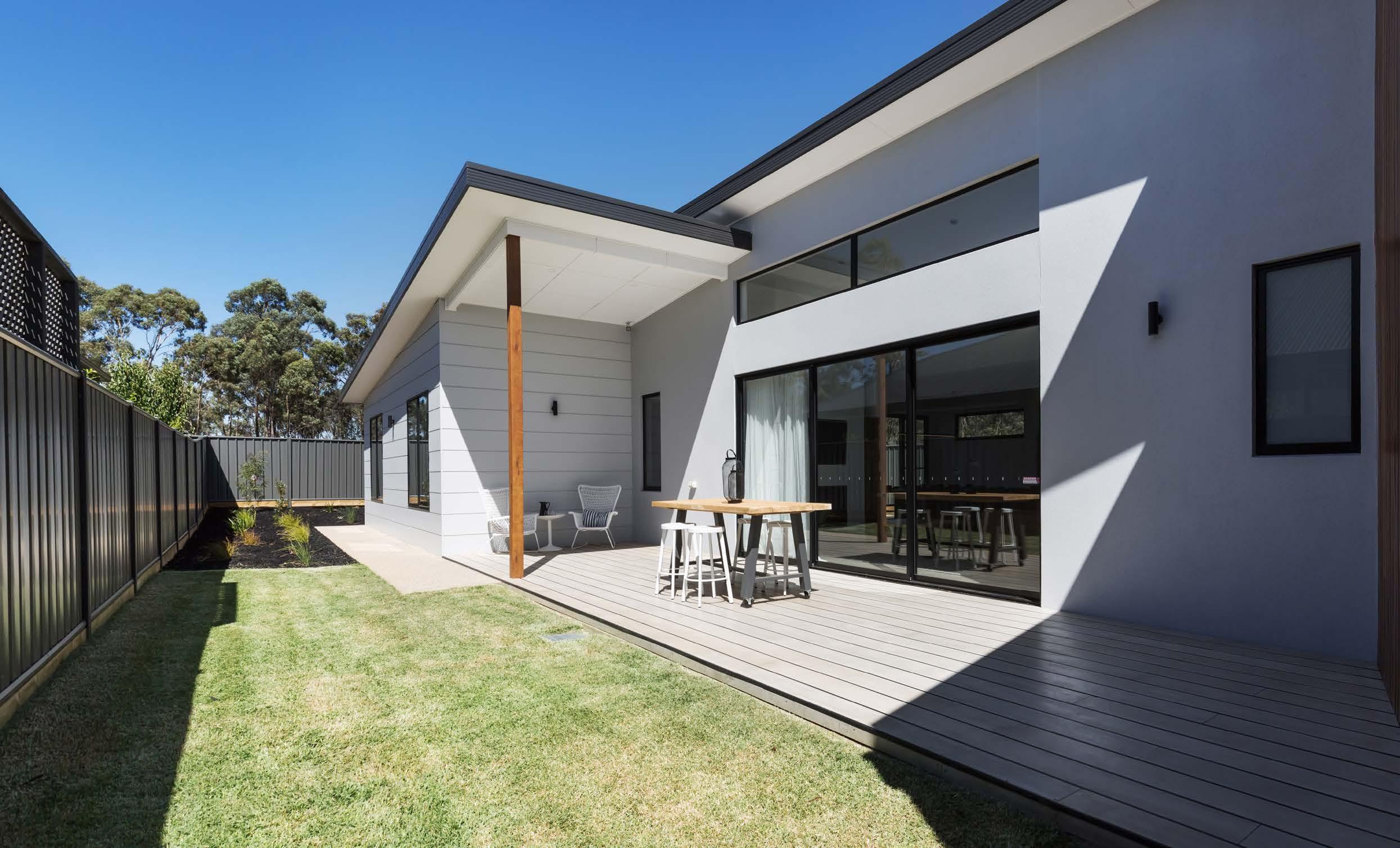
they make all the difference behind the scenes.
In a rising interest rate cycle, you can sit tight and wait, and your borrowing capacity may increase.
But in a stabilising or falling rate market like the one we’re entering, competition increases, and you lose the chance to negotiate on your terms.
Buyers start flooding back, agents get multiple offers, and suddenly you’re back in a bidding war.
The smart money moves before the herd returns.
Right now, some of the best deals are happening quietly.
• Not all vendors want to run full auction campaigns.
• Some properties never make it online.
• Negoti ations can happen over the phone, not at open homes. But these are invisible to the average buyer. That’s where relationships matter.
As buyers’ agents, we deal with these conversations daily, and often know what’s coming to market before it even hits the portals. We can negotiate softly where others would be shut out. And because we’re unemotional, we protect you from the common mistake of overpaying because you “fell in love” wi th a property.
If you’re thinking of buying this year:
• Get your finance pre-approved early
• Be clear on your brief – what you want and what you’ll walk away from
• Understand that negotiation isn’t a single moment – it’s a process
• And if you don’t have time, confidence or access, consider bringing in someone w ho does
In today’s market, you can’t negotiate your grocery bill, but you can negotiate your next home or investment.
It could make you six figures richer before you even pick up the keys. And if you’d like help doing just that, you know where to find me.

Chris Gray is CEO of Your Empire, a buyers’ agency that buys homes and investments for time-poor professionals – searching, negotiating, renovating and managing property on their behalf. Chris has spent over 10 years as the host of ‘Your Property Empire’ on Sky News Business channel, where he’s interviewed various heads of property research companies and major industry figures. Chris is a qualified accountant, buyers’ agent and mortgage broker. For more information, visit www.yourempire.com.au and follow Chris on Facebook: @ChrisGraySydney

BY CORELOGIC
Australian dwelling values rose another 0.5% in May, taking the national index 1.7% higher over the first five months of the year.
The gains were broad-based, with every capital city posting a rise of at least 0.4% through the month.
“The continued momentum we’re seeing across almost all markets is no doubt being fuelled by rate cuts – both those that have already happened, but also potential cuts in the coming months,” said Tim Lawless, Cotality’s research director, who also noted that auction clearance rates have picked up following the RBA’s May board meeting.
The rise in values comes after a short and shallow decline of just 0.4% over the three months ending January 2025, with the February rate cut a key factor supporting the positive turn in housing values.
“With interest rates falling again in May, we are likely to see a further positive influence flowing through to housing values in June and through the rest of the year.”
Despite some momentum forming in the monthly trend, in annual terms, the pace of gains in the
national HVI slowed to 3.3%, the slowest twelve-month change since the year ending August 2023.
“This slower annual pace of growth reflects the easing in capital gains through the second half of last year, culminating in the modest fall in values over the three months to January 2025.”
Only Melbourne (-1.2%) and Canberra (-0.7%) have recorded an annual decline in dwelling values, demonstrating the resilience of the market through a period of relatively high interest rates and cost of living pressures.
Alongside the broad-based rise in home values, the capital city trends have shown a clear convergence. The range between the highest and lowest annual change in dwelling values, at 9.8 percentage points, hasn’t been this narrow since March 2021.
The convergence is driven by a slowdown in value growth across mid-sized capitals, while previously
softer markets like Melbourne and ACT move back into growth, driving a diminishing rate of annual decline. The range in annual growth peaked in August last year with a 26.1 percentage point difference between the highest (Perth at +24.5%) and lowest (Hobart at -1.6%) annual growth rates, reflecting the most diverse growth conditions since 2007.
The rise in housing values continues to be led by lower price tiers across most cities, however, there has been some convergence here as well, as more expensive market segments start to accelerate off the back of rate cuts. Across the state capitals, Sydney and Canberra are the only capital cities where the upper quartile is showing a stronger quarterly growth trend than the lower quartile of the market, while most other capitals have seen the upper quartile of the market narrow the gap in growth rates with the lower quartile and broad middle of the market.

Regional markets are also showing a positive trend, with each of the ‘rest of state’ markets recording a rise in values through the year-to-date. The strongest gains have been in Regional SA, where values are up 5.8% over the first five months of 2025. At the other end of the spectrum, regional Tasmanian values have held reasonably flat over the same period, up just 0.1%.
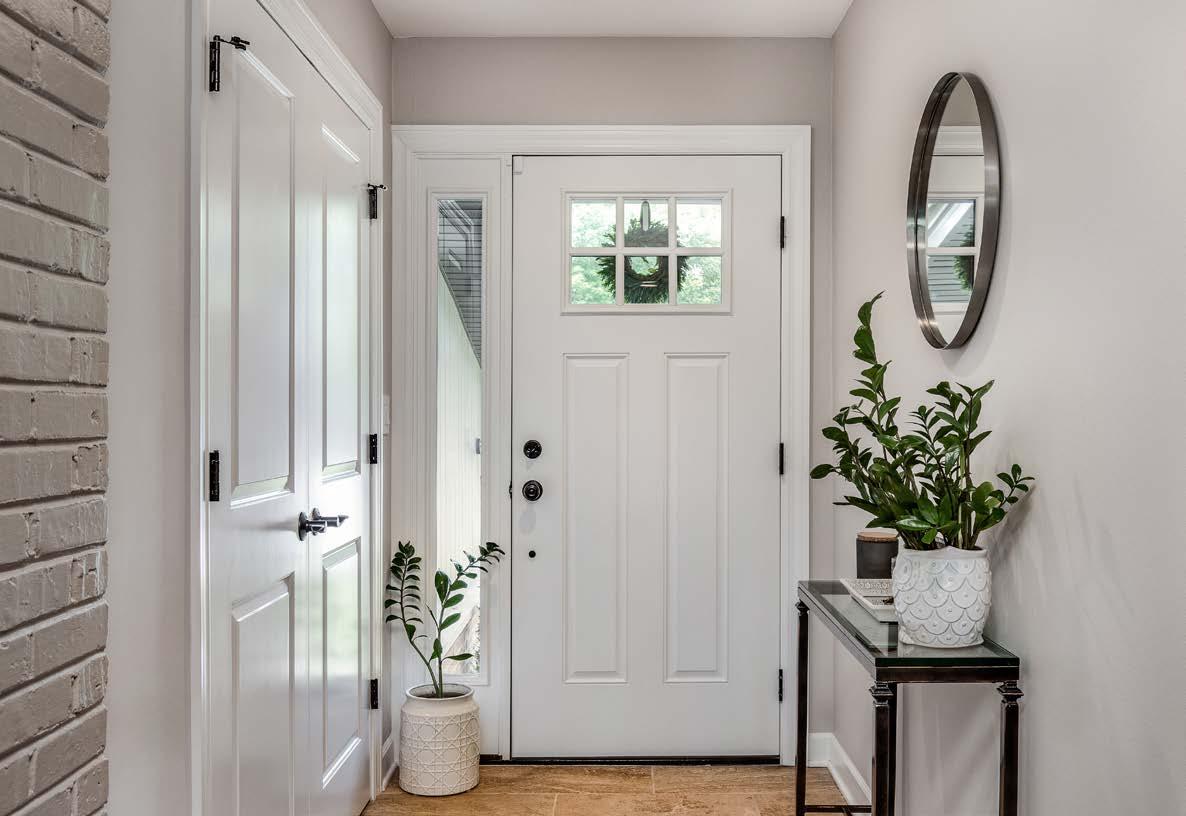
Your entryway is the first and last impression people have of your home, but let's be honest, it's often the most overlooked. We drop our bags, kick off our shoes, and rarely give it a second thought. But with a few thoughtful styling choices, your entry can become so much more than a dumping ground. It can be a beautiful, functional space that welcomes you (and your guests) home.
Think of it as your home's handshake, small, but powerful. Here are seven easy ways to transform your entryway into a space that feels intentional, warm, and full of personality.
A slimline console table or bench is the foundation of a well-styled entry. It gives you somewhere to

drop keys, display decor, or sit while popping on your shoes.
If space is tight, opt for floating shelves or a small stool. Natural wood tones or rattan are trending for that relaxed, Aussie-coastal vibe.
Not only does a mirror bounce light around and make the space feel bigger, but it's also handy for a last-minute check before you head out the door.
Round mirrors soften the space and feel more welcoming, while an arched shape adds a touch of elegance.
A hardworking rug defines the entry space and adds instant texture and warmth. Choose one that's durable, easy to clean, and fits the scale of your space.
Go for a pattern or darker tone that hides dirt. Look for natural fibres like jute or indoor/outdoor blends for resilience.
INCORPORATE A NATURAL ELEMENT
Bringing the outdoors in gives your entryway a grounded, calming feel. Think greenery, dried florals, or a bowl of river stones.
A potted plant on the floor or a small vase on the console works beautifully. Snake plants and peace lilies are great low-maintenance options.
USE BASKETS FOR STYLE & STORAGE
Stylish storage is a must, especially if your entry tends to collect shoes, umbrellas, or reusable bags.
Woven baskets keep clutter out of sight while adding texture. Tuck them under a bench or beside the door.
ADD LIGHTING FOR AMBIENCE
If your entryway doesn't get much natural light, consider a wall sconce or table lamp to create a soft, welcoming glow.
A warm-toned bulb makes all the difference. Choose lighting that complements your console for a cohesive look.
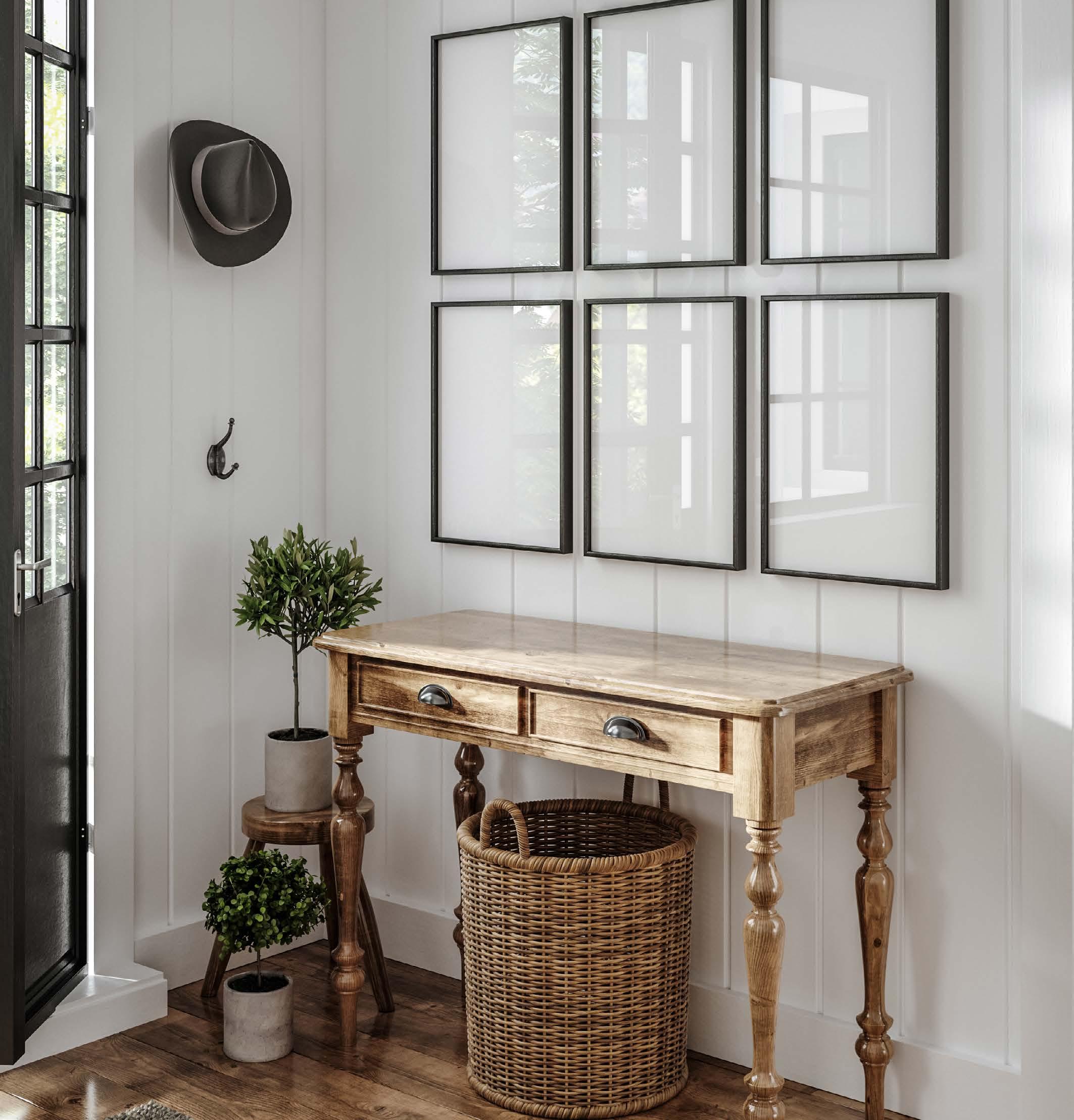
Your entryway should feel like you. Add a framed photo, a piece of artwork you love, or a small bowl from a market trip, it's those little touches that make a space feel lived-in and loved.
Rotate items seasonally or whenever you need a refresh. It keeps things feeling fresh without having to restyle everything.
You don't need a grand foyer to create a beautiful, functional entryway. Just a few tiny touches can turn it into a moment of calm and joy at the start and end of every day. With a bit of intention and creativity, even the smallest of spaces can make a big impression.
Thinking about restyling your home before you sell or just want to love your space a little more?
Chat with your local Century 21 agent for expert tips on how small improvements can boost appeal and value.

As we step into the cooler months, our homes naturally become havens of comfort, warmth, and connection. But rather than just simply providing shelter, our homes can play a bigger role and can set the stage for the relationships that matter most. From sharing meals, engaging in light conversations over a cup of tea, or simply spending time in the same space, the way your home is laid out and designed can shape how connected you feel to those around you.
This wi nter, let’s explore how thoughtful and intentional changes to your space can invite more meaningful moments, not just during the colder months, but throughout the ye ar.
DESIGN FOR CONVERSATION, NOT JUST CONVENIENCE
W hen we furnish a space, we often think in terms of practicality where the TV fits best or which side has the best lighting. But if connection is your goal, consider shifting the layout to support face-to-face moments. A lounge setting that brings chairs and sofas closer together, oriented around a central point like a coffee table or fireplace, makes it easier to chat, share stories, and feel present. A cosy nook with two armchairs
and a lamp is more than décor, it’s an invitation to slow down and connect.
During winter, when we spend more time indoors, the dining table often becomes the heartbeat of the home. It’s where meals turn into memories and simple dinners become long, laughter-filled conversations. Make this space more inviting with layered textures like linen runners, timber accents, or soft lighting. Candles or pendant lights with warm tones add ambience that subtly encourages people to linger a little longer. And if you can, make it a phone-free zone, because the most meaningful moments happen when we’re truly present, not just nearby.
With shorter days and longer nights, lighting takes on a new level of importance. Rather than relying solely on harsh overheads, try creating layers of light throughout your home. Table lamps, floor lamps, and even string lights can add warmth and softness, making a space feel calm and lived-in. When a room is gently lit, it becomes less of a place to rush through and more of a place to unwind, which naturally encourages togetherness.
Our sense of smell and hearing are powerful triggers for emotion and comfort. In winter, diffusing warm, grounding scents like
vanilla, cedarwood or cinnamon can instantly make your space feel more welcoming. Meanwhile, gentle background music like acoustic, lo-fi, or mellow jazz, creates an atmosphere that invites people to settle in. It’s the small, often invisible touches that shape how a space feels. They help turn a house into a home.
Think beyond function and look for ways to create areas in your home that naturally invite shared experiences. A reading corner with a couple of throw blankets, a puzzle set out on the coffee table, or even a dedicated shelf with board games or art supplies can all encourage spontaneous moments of connection. These shared-use zones don’t need to be big, they just need to be easy, accessible, and welcoming.
As the pace of life slows down in winter, we have a special opportunity to reconnect, not only with our space, but with each other. Designing with connection in mind doesn’t mean a full renovation. Often, it’s the subtle shifts in layout, lighting, texture, and intention that make the biggest impact.
Whether you’re preparing your home for winter or simply craving more closeness, small design choices can help you build a space where connection naturally happens.
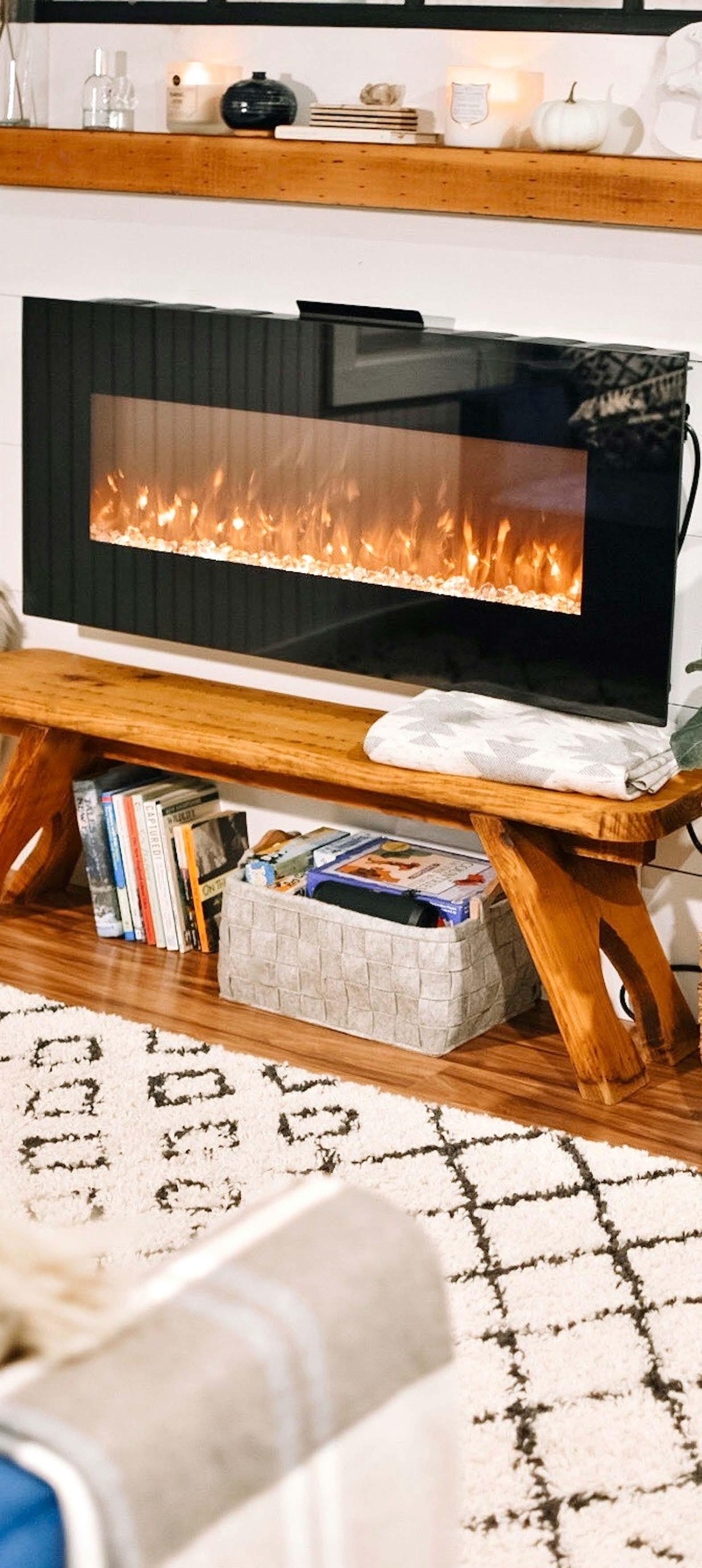

Across Australia, something unusual is happening. Despite steady buyer demand, new listings remain tight, and many homeowners are staying put.
Welcome to the ‘lock-in effect’, a growing trend reshaping the real estate landscape in 2025. With interest rates holding steady well above the ultra-low levels of 2020-2021, many Australians who secured cheap fixed-rate loans during the pandemic are hesitant to sell and re-enter the market at today’s higher rates.
The result? Fewer homes on the market, upward pressure on prices, and strategic opportunities for those ready to move.
The lock-in effect refers to the phenomenon where existing homeowners hold onto their current mortgage and property because selling would mean taking on a new loan at a significantly higher interest rate.

For example, a homeowner who locked in a 2% fixed rate in 2021 may now face a variable rate closer to 6%. Even if they want to upsize or relocate, the financial trade-off often feels too steep
This has created a ripple effect across the market:
• Lower stock levels in many capital cities
• Delayed decision-making from would-be sellers
• Increased competition for quality homes
• A noticeable shift in property strategies
Rather than relocating, many homeowners are choosing to renovate – adding extensions, updating kitchens, or creating more flexible spaces. Others are holding off entirely, waiting to see if rates drop before making a move.
While the RBA’s pause on further hikes has helped stabilise buyer confidence, reduced stock is fuelling fierce competition,
especially in lifestyle suburbs, school catchments, and well-connected areas. Buyers are acting fast, often stretching budgets or compromising on their wishlists.
Investor activity varies by region. In Sydney and Melbourne, some are still sitting on the sidelines due to serviceability constraints. However, in markets like Perth and Adelaide, where rental yields are rising and vacancy rates are tight, some investors are re-entering to take advantage of favo urable conditions.
MARKET IMPACTS IN 2025
The lock-in effect is contributing to a property paradox:
Even with affordability pressures, home values in many areas are holding firm or climbing, driven by limited supply and emotionally motivated buyers.
According to CoreLogic data from April 2025:
• Listing volumes remain well below average in Sydney, Melbourne, and Brisbane
Continued over page
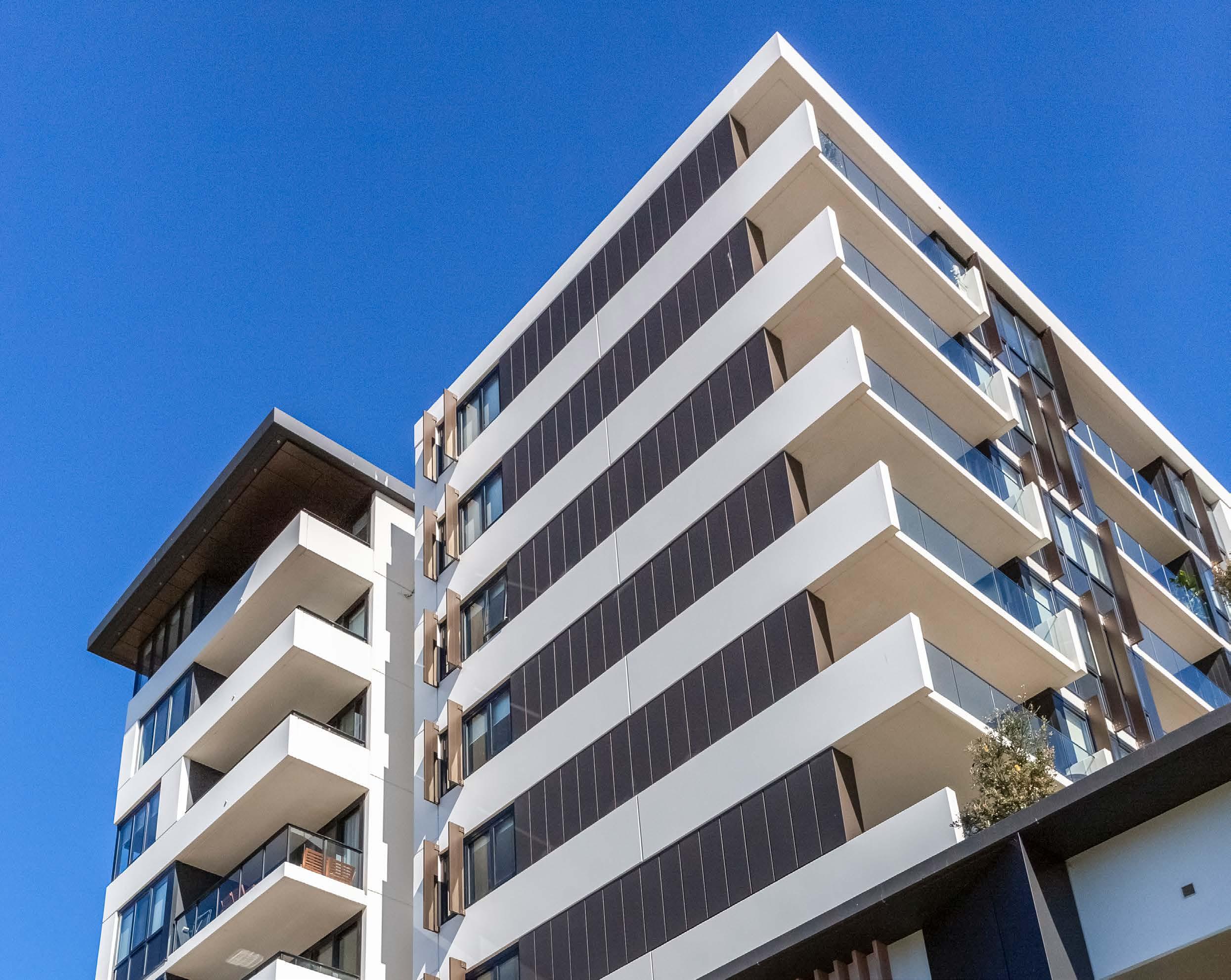
Continued from previous
• Time on m arket is decreasing,
• With well-priced homes attracting quick offers
• Buyer activity is strongest in suburbs with lifestyle appeal, transport access, and quality schools
In this environment, sellers who do choose to list are finding themselves in a stronger-than-expected position. WHAT SELLERS SHOULD CONSIDER RIGHT NOW
If you’re thinking about selling in 2025, here’s what to keep in mind:
• Low stock = less competition
• Buyer demand remains strong in high-appeal suburbs
• Many buyers are emotionally driven – seeking space, lifestyle, or school zones
• Well-presented homes are still achieving premium prices That said, timing and preparation matter. Understanding your equity, refinancing options, and how your current mortgage compares to the market is essential to making a smart next move.
THE SHIFT, DON’T RESIST IT
The lock-in effect might be slowing the pace of change for some, but for those willing and able to act, it’s creating a rare window of opportunity. In a tight market, standing out is easier, and selling well is still very achievable.
UNSURE WHETHER TO STAY, SELL, OR REFINANCE?
Speak to your local Century 21 agent for tailored advice, property appraisals, and expert support in navigating today’s market with confidence.